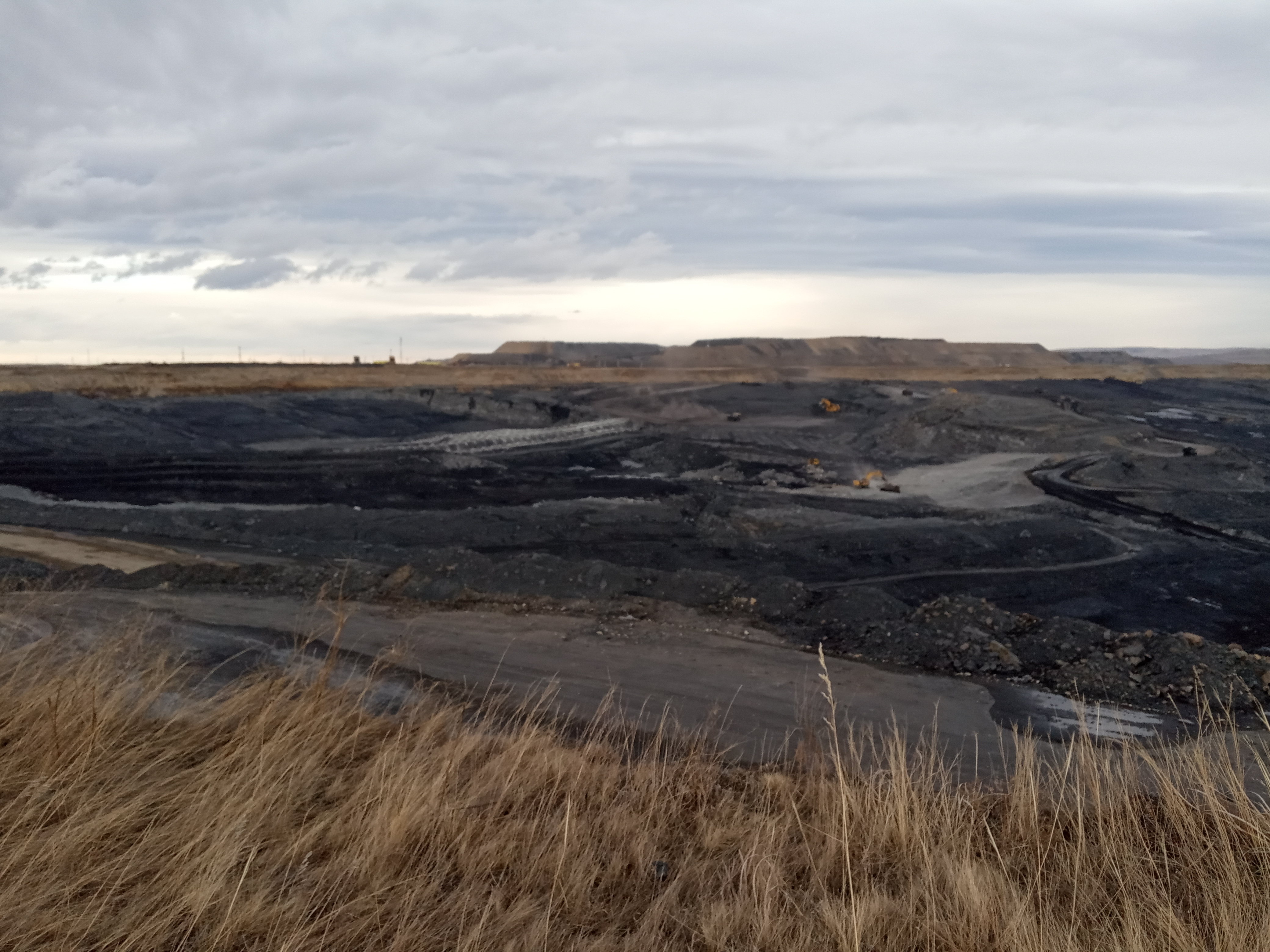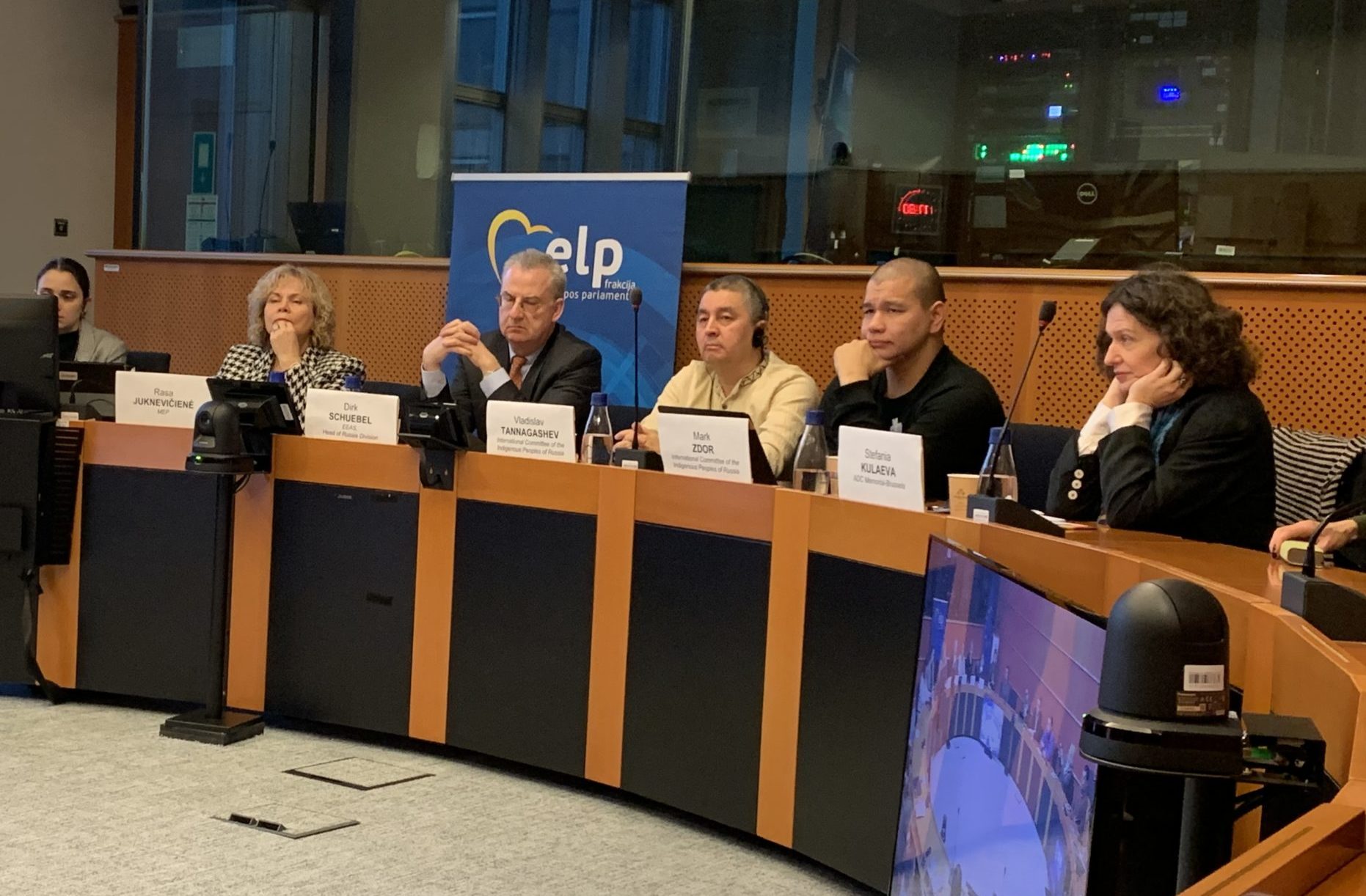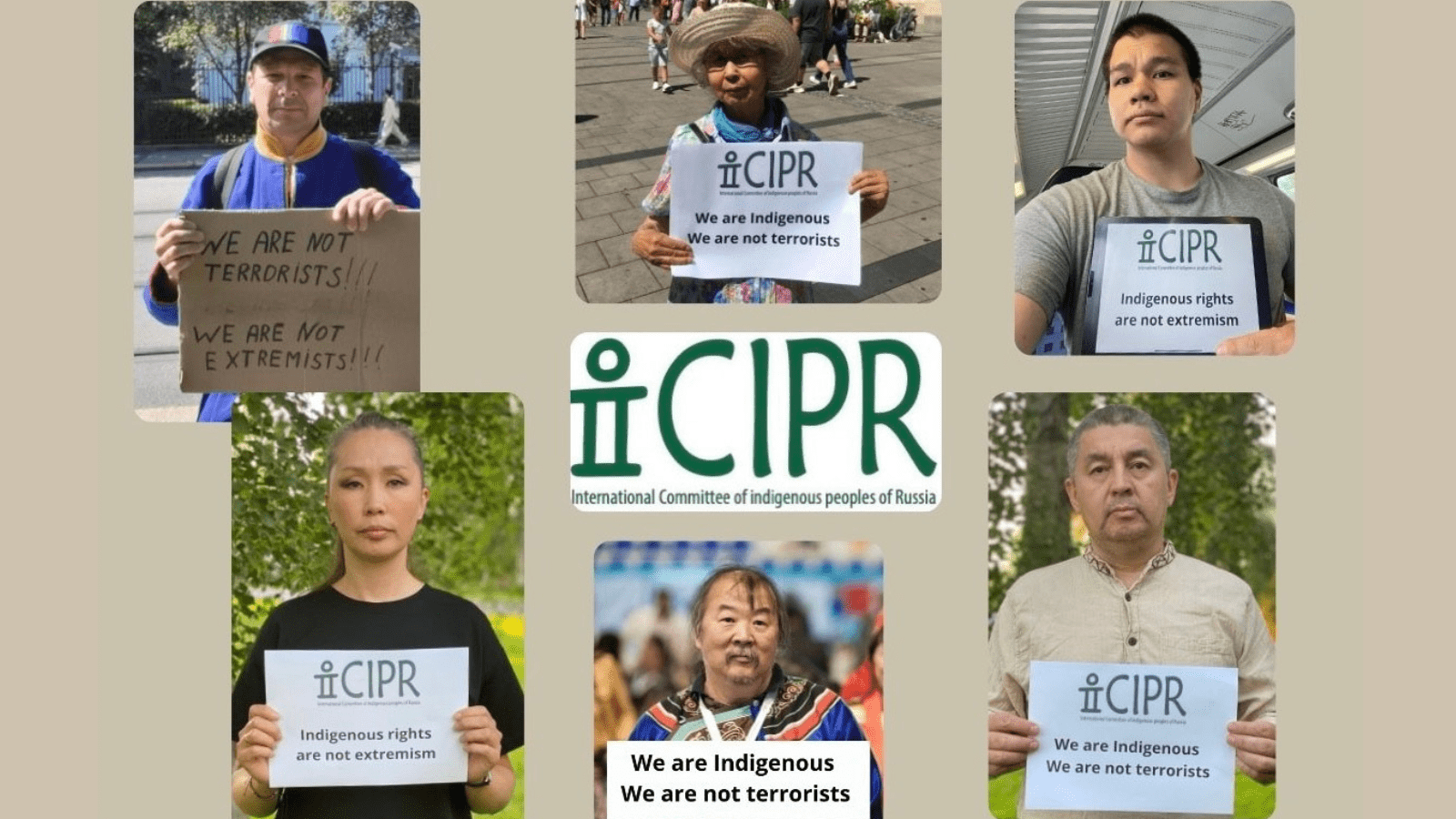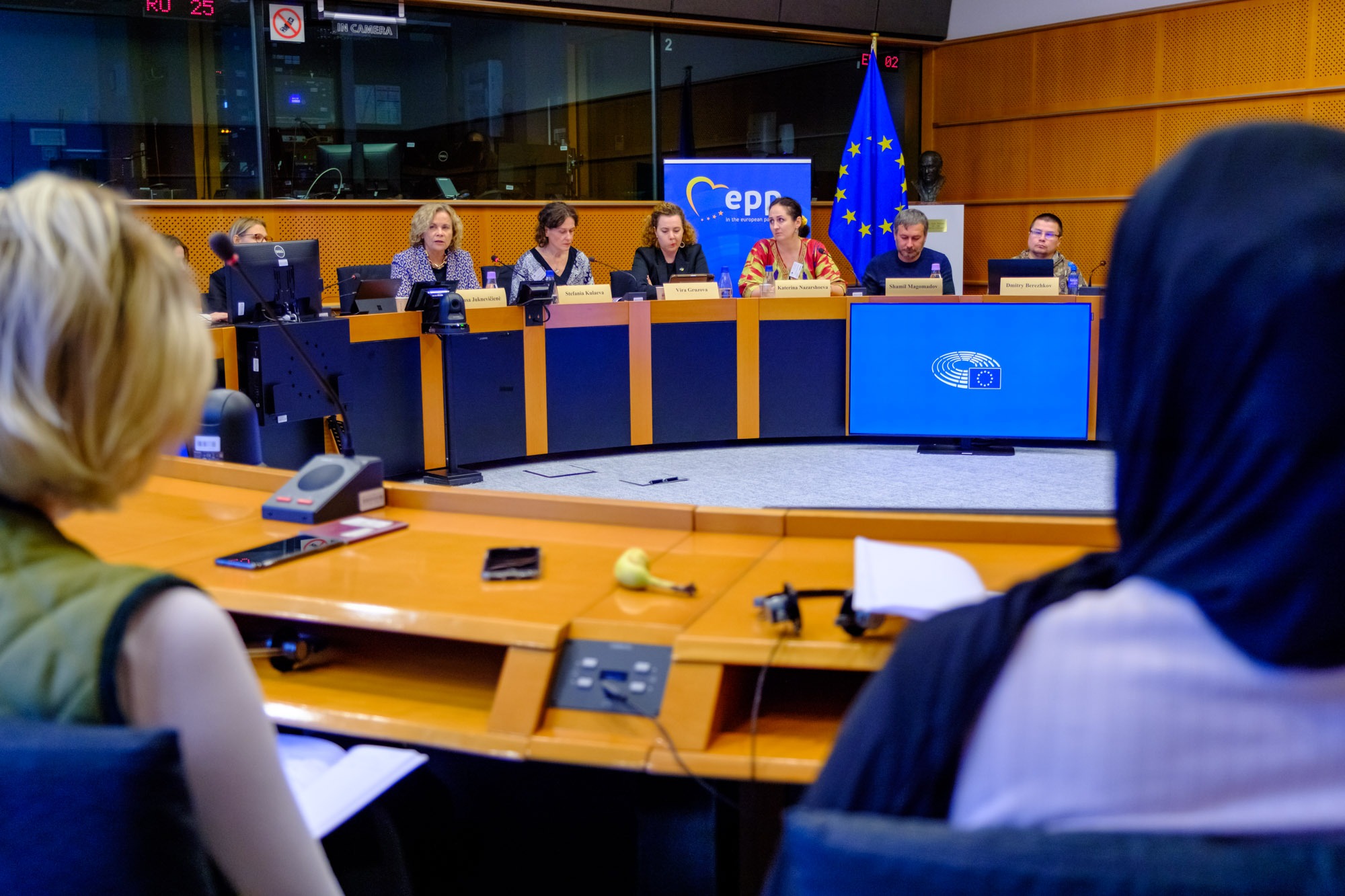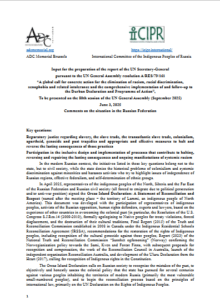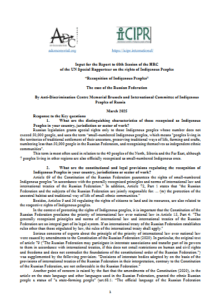Anti-Discrimination Center Memorial is a human rights organization, that focuses on combatting discrimination and protection of the rights of vulnerable minorities in Eastern Europe and Central Asia, including indigenous people. Myski local civic organisation“Revival of Kazas and the Shor people” is a NGO of the indigenous Shor peoples, protecting their rights and interests. The current submission present brief information and tendencies regarding the situation of the indigenous people in Russia.
Around 200 indigenous peoples live in Siberia, the Far East and the North of Russia. Together, they number about 260,000 individuals. However, the Russian legislation regarding the indigenous peoples does not correspond to the international human rights standards, namely the Declaration on the Rights of Indigenous People. Article 10 of the Federal Law «On guarantees of the rights of the indigenous small-numbered peoples of the Russian Federation», adopted in 1999, entitles the representatives of the indigenous peoples to follow their traditions and to perform religious rituals that do not violate the Russian legislation. The legislation does not provide any specific protection for cultural and religious objects and does not establish any mechanism for repatriation of ceremonial objects and human remains.
Since the Russian control over the indigenous peoples’ territories, the original believes and rituals had been challenged. Starting from the conquer of Siberia and other territories in the 16th century, the Russian authorities forcefully spread Christianity; during the Soviet Union period, all the religion believes and their manifestations were prohibited. In the 20th – 21th century the religious and cultural rights of the indigenous peoples in Russia are violated by business mineral extraction. Many indigenous people live in the territories rich with mineral resources, including coal (Kemerovo Oblast), oil and gas (Yamalo-Nenetsky Autonomous Okrug), and biological resources like fish (Kamchatka, Khabarovsk Krai, Sakhalin, Murmansk region and others). Nowadays the mining operations result in destruction of the sacred and burial sites, religious and cultural monuments, cemeteries.
In Kemerovo region in 2012, Karagay-Lyash, a mountain sacred to the Shors people where they used to perform their rituals was blown up by the coal excavation company. The spirit of this mountain was considered By the Shors to be the village’s guardian. The authorities claimed that before the destruction of the mountain they “relocated” the spirit to another place but the “ritual” was performed by shamans from the other region of Russia and paid by the authorities, and the absolute majority of the local Shor community neither participated in it nor perceived it as proper religious practice. The Shor people considers that the spirits of the mountain cannot be transferred to any other place.
In 2000, an Orthodox cross made of metal and weighing 7.5 tons was erected on the sacred mountain of Mustag in Sheregesh Settlement (Tashtagol District) without the consent of the Shor people. Even though this caused public outcry, the protests of both the local Shors and Russians were ignored: the Orthodox cross remained on the sacred mountain where the Shor people used to perform rituals since the dawn of time. There are other examples of construction of crosses at the indigenous peoples’ sacred places.
Destruction and restriction of access to the cemeteries and graveyards is also faced by the Shor and other indigenous peoples is. Such cases happened in Soviet times; in 1970, the sacred mountain Ene-tag and an ancient cemetery in the settlement of Kurya were blown up (this settlement was part of Myski and does not currently exist). Today there is an enormous open pit coal mine at this place. In 2013-2014 the Shors’ Kazas settlement in the Myski City District was ruined by the coal company, and the cemetery located at the territory of the destroyed settlement is now closed for any visitors due to a checkpoint at the entry of the former settlement. The people whose relatives and family members are buried at that cemetery cannot get there to visit the graves of their closed ones. Despite all the complaints to the government and international human rights bodies, the situation does not change.
Similar situation takes place in the neighboring Republic of Khakasia inhabited by the indigenous Khakas people. The lake Mairyk treated as a Sacred Mother by the indigenous rituals and believes was desecrated by the coal company that started excavations without consent of the local population. The industry destroys the ancient landscape that is sacred and divine for the Khakas people, the sacred stone sculptures are regularly ruined or attacked, recently the sacred black birch forest was destroyed. The Khakas face similar problems with the access to cemeteries, both ancient and acting. The medieval cemetery Chatas was desecrated by the coal excavation. The coal company now plans to relocate the cemetery which contradicts to the locals’ believes. For mining, the companies use the harmful methods polluting environment. In order to prevent the locals from monitoring the coal mining companies’ work and documenting the violations the companies block the roads, including those leading to the acting cemeteries as they are situated close to the mining sites.
The issue of repatriation of ceremonial objects and human remains from museums and collections is very complex and controversial in Russia. Often the interests of the academicians, federal and local governments, business, religious leaders and indigenous people collide. The main problem is lack of clearly defined decision-making procedure that would lay down the criteria and framework for involvement of indigenous people and definitions of cultural and religious heritage.
For example, in Khakassia in 2003 after 18 years of struggle of the local indigenous community their ancient stone sculpture called Ulug Khurtuyah tas was returned to its original place from the museum. Ulug Khurtuyah Tas dates back to 3000 B.C. and is a sacred for the Khakas people. In 1954, it was moved to the Khakas Republican museum in Abakan (with some damages inflicted during the transportation), and since then local indigenous population was prohibited to perform any rituals with it. After the two decades of appeals by the Council of the Khakas people and civil society, in 2003, the sculpture was returned to its place with all the appropriate rituals. In 2004 the local state administration constructed a glass yurt around the sculpture for its preservation. The rituals are allowed inside. The other stone sculptures are still preserved in the museum.
Similar problem of lack of decision-making procedure is illustrated with the recent conflict between the authorities, academia community and some representatives of indigenous population around the so-called «Princess of Ukok». The mummified remains of a woman who lived in the 5th century BC were found in 1993 in the Republic of Altai. For 19 years after the discovery, the remains were kept at the scientific institute in Novosibirsk that caused the protests of the Altai indigenous population. In 2012, the mummy was returned to Altai and preserved in a mausoleum at the Republican National Museum in the capital Gorno-Altaisk. However, in 2014 the Council of Elders of the Republic of Altai appealed that the mummy should be buried. The museum responded that the mummy is a federal property, and decision should have been taken by the Ministry of Culture. In 2015, several persons applied to the court but lost the case.
Similar initiative to bury the human remains of a young woman that lived 3 thousand years ago in Kolsky peninsula has been voiced by the Saami people in Murmansk Oblast. The remains are preserved in the Murmansk museum, and it is believed that they belong to a proto-Saami representative, ancestors of the present-day Saami people. The Saami activists protested against the display of the remains due to their believes in the life after death. The Murmansk museum refused the Saami organizations to bury the remnants and explained that it was an ancient museum piece having historic and archeological value.
To conclude, in Russia the cultural and religious rights of the indigenous people are seriously violated by the private companies and authorities. In order to improve the situation and to balance the interests of indigenous peoples, academicians, business and excavation industry, the regulations should be elaborated, based on contemporary human rights law, including the UN Declaration on the Rights of Indigenous People.









 Feedback
Feedback 